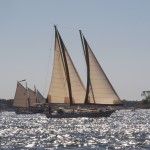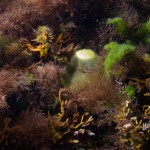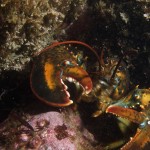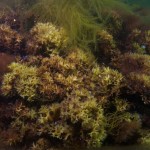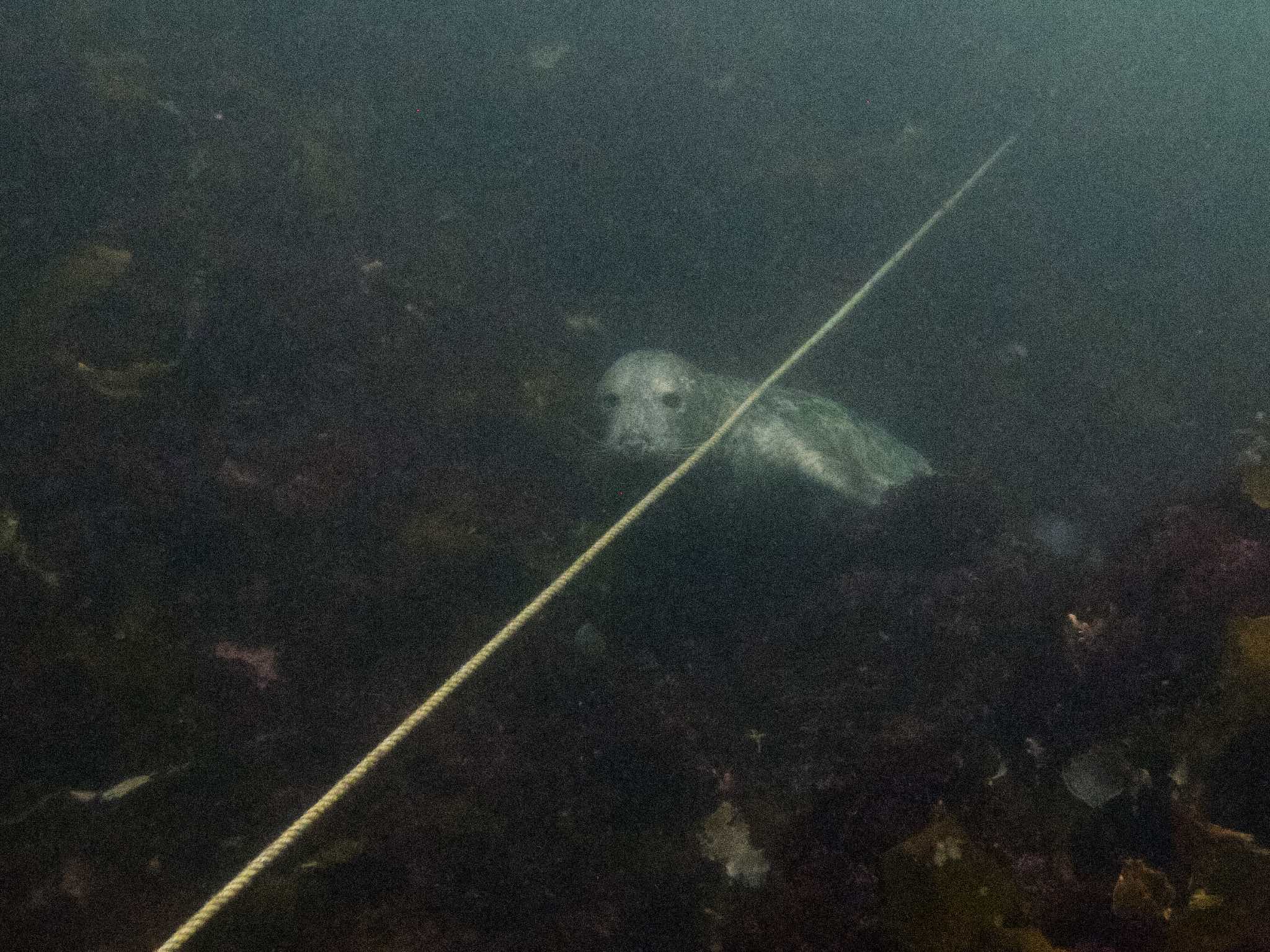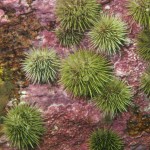This past weekend, I attended the 61st Annual Boston Sea Rovers Clinic.
The Boston Sea Rovers are a “volunteer organization dedicated to increasing awareness and appreciation of the marine environment.. [and] are one of the oldest and most distinguished underwater clubs in America”.
The Clinic is a weekend of dive talks and presentations, with an exhibition hall thrown in for good measure. Essentially, the format is that they run hourly presentations in three different rooms each hour on both Saturday and Sunday, and on Saturday night, they hold a film festival. Generally there are a few staple topics – often there is a track devoted to wreck diving, there are usually several talks about sharks, plus presentations about all sorts of exotic diving – I’ve seen presentations about Iceland, Antarctica, the Philippines, Indonesia, Bonaire, and Grand Cayman island at various shows. I’ve called them talks, but they’re almost always illustrated with wonderful photographs and video.
When I first started going to the show, it was held in the Fairmount Hotel in downtown Boston, but in 2012, the show moved to the DoubleTree Hotel in Danvers. The last couple of years I commuted up there for both days; by the end of the day on Sunday last year, I was totally fried, and swore that next time, I’d just stay overnight, which I did this year.
I’d give the show a B this year. It seemed like there fewer exhibitors in the hall this year, and several of the presentations I most wanted to see overlapped. For example, I would have liked to have heard George Buckley’s lecture about the reefs of Bonaire, but I also wanted to hear Berkley White’s talk about creative photography. Also, several of the talks this year fell into the “good, but ___” category. Most importantly, I missed seeing it with my friend Ralph, who has moved out of the area. I did get to see Paul and Daire and Ken and Kim.
Some of the better talks:
Greg Skomal is always great. He’s a scientist at heart, but he has the gift of being funny and entertaining, and knows how to explain things. This year’s talk, “Techno Shark”, explained how they’re getting more data on how sharks live through better tracking technology. He was also the Master of Ceremonies at the film festival.
Erin Quigley demonstrated how to save less than perfect shots in Adobe Lightroom in “How to Re-light your Images in Post”. She’s a good communicator, and knows her stuff. I’m currently not using Lightroom, but may move to it if Apple’s new Photos program doesn’t eventually bring back Aperture’s editing tools.
Bart Malone is a wreck diver, and put together “Marine Life, Above, Below and Around East Coast Wrecks” after being asked about it last year. The photography (by his dive buddies) was good, but he frankly admitted that he wasn’t as much interested in the marine life as he was in the wrecks. I applaud the honesty, but wonder if the talk would have been better if it had been given by the photographers, or by someone who had more interest in the marine life. Wrecks develop a vibrant marine life community; the talk would have been better if it had addressed that more directly.
Ryan King talked about wrecks in the Great Lakes in “Tales of Tragedy Along America’s North Coast”. He had great photography of some fairly intact wrecks, and was able to present the story of the wrecks as well, without too many boring meandering digressions about putting together the expedition (the besetting sin of wreck diving talks).
Michael Salvarezza and Christopher Weaver ended the Saturday seminars with “Smuggler to Shipwreck, the Notorious Story of the Golden Venture. This talk was really good, but it was also a stretch for Sea Rovers. The Golden Venture ran aground off the coast of Rockaway NY, with a cargo of illegal Chinese immigrants. The talk – and it was a good one – was really about human trafficking, and only loosely tied into Sea Rovers by the fact that the ship was eventually refloated, and ended its days as an artificial reef off the coast of Boca Raton.
After supper, it was time for the film festival. There were three shorts, and one half hour presentation. The first short was by Paul Cater Deaton, shot in black and white as an homage to the old Sea Hunt show.
The major presentation was by Rick Rosenthal. Scientists and the military have long known about the “Deep Scattering Layer.” It’s a layer in the ocean first discovered when sonar came into use; it’s a layer that scatters the sonar beam, and therefore looks (to sonar) like a false bottom. It’s thick enough that military subs can actually hide from sonar underneath it, and it moves up and down the water column at night. It’s actually a thick layer of marine life that approaches the surface at night, and Rosenthal was determined to capture it with his camera, and in the process got great footage of the entire food chain, from plankton to anchovies, up to jacks and sharks and dolphins.
The next presentation was by Nick Caloyanis, about basking sharks. This short featured Greg Skomal.
The last presentation of the night was by Howard and Michelle Hall; they got some great footage of whales.
I started Sunday with Richard E Hyman’s adventures with Jacques Cousteau. He was a crewman aboard Calypso during the seventies, and had a number of interesting pictures and stories.
Paul Cater Deaton’s talk, “The Last Hurrah” was a bit of a disappointment. Ostensibly about diving pioneer Stan Waterman’s last dive trip (he’s over 90) it suffered from a misplaced focus. Most of the footage — and it was very good — was just underwater footage of Grand Cayman Island. There was very little about Stan Waterman himself, other than some footage shot at a reception for him. Nothing about how he felt starting off on a trip for the last time, nothing about what he himself found there, no words from him about what it felt like coming out of the water the last time.
The last talk I attended was Josh Cummings and Nathan Garrett talking about diving year round in the Northeast. Pretty decent photography, including some ice diving, but I would have liked to have heard more about what it takes to dive during the winter.
There were several talks listed that I would have liked to have seen: George Buckley talking about the Coral Reefs of Bonaire, Joe Romeiro and Sharks at Night,and Captain Robert MacKinnon talking about the British raid on Washington in 1814, among others. It also would have been good to have been able to see Jerry Shine and Andrew Martinez’s talks. Perhaps some other time.

